The winter-spring crop is almost over, the amount of rice left in the people's hands is not much, the export price of rice has increased again, however, businesses are not in a hurry to close orders.
Businesses continue to wait for higher prices
After a long period of deep decline, export rice price has increased again and reached nearly 400 USD/ton for 5% broken rice (FOB price). Vietnam's rice export price has surpassed that of other countries in the region and the world.
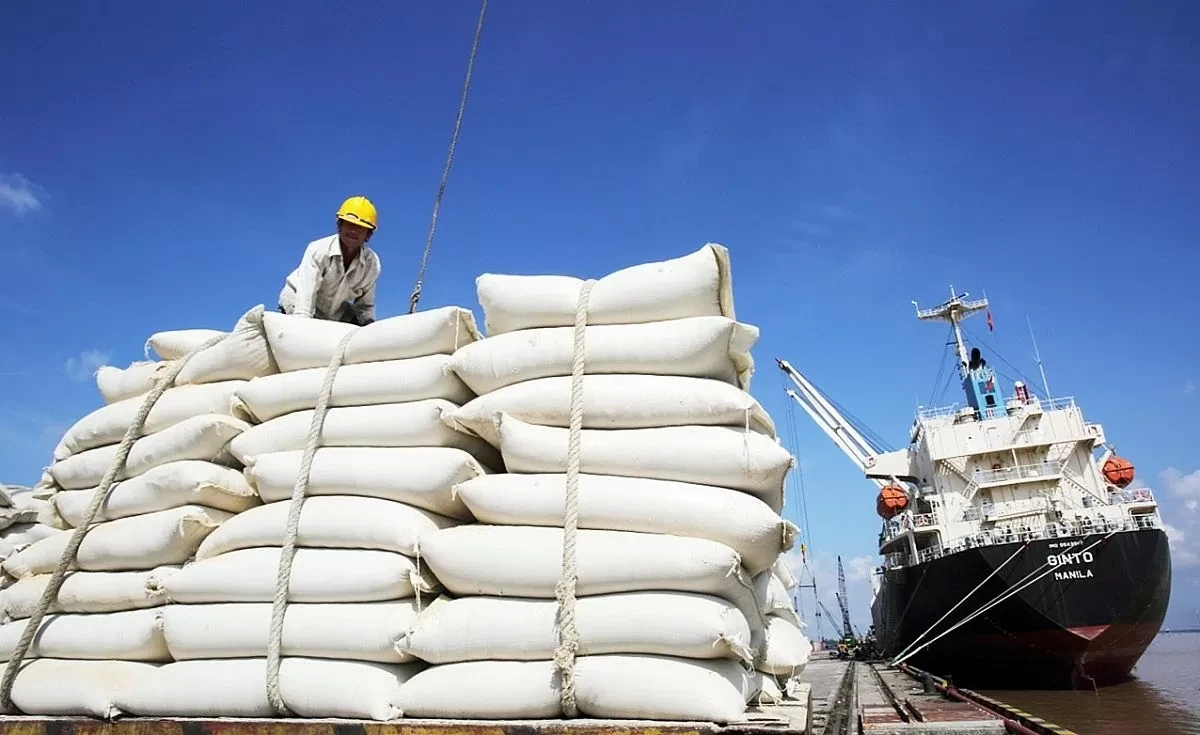
The latest updated data from the Vietnam Food Association shows that Vietnam's 5% broken rice export price is at 399 USD/ton. Meanwhile, in Thailand, India, and Pakistan, the prices are 396 USD/ton, 380 USD/ton, and 389 USD/ton, respectively.
With the export price of 25% broken rice from Vietnam standing at 370 USD/ton, it is 5 USD/ton lower than the export price of Thai rice but 4 USD/ton and 11 USD/ton higher than the export price of Indian and Pakistani rice respectively.
The resurgence of Vietnam's rice export prices is believed to be due to the fact that the previous time, the rice export price had hit rock bottom. In addition, the biggest rice crop of the year - the Winter-Spring crop - has gradually ended, the amount of rice left in the people is not much, so the pressure on consumption is not as great as before. Meanwhile, the Summer-Autumn crop has to wait until July and August to have rice again. During this gap, buyers are still in great need and prices will be better.
Besides, many importers, after a period of adjustment and waiting for price movements from major exporting countries such as Vietnam, India or Thailand, are now returning to the market, increasing negotiations again, pushing up domestic rice prices and export rice prices.
In the domestic market, many businesses have stored a relatively large amount of rice to negotiate prices with partners. With good signals from the market and the quality of the winter-spring rice crop being the best of the year, export businesses are in no hurry to finalize orders.
A representative of a business specializing in exporting rice to two main markets, the Philippines and China, with a turnover of about 120,000 tons, spoke with reporters. According to Cong Thuong Newspaper, Mr. Nguyen Van Thanh - Director of Phuoc Thanh IV Company Limited (Vinh Long province) - said that many foreign traders have contacted to negotiate contract prices, but the company still has no intention of selling because the market signal is gradually improving.
“At the beginning of the year, rice prices were relatively high. Then, rice prices dropped sharply, and businesses focused on buying to average out the price level. At this time, the rice export price has brought profits to businesses, but the price is still not very good. Businesses expect that rice export prices will continue to increase,” said Mr. Nguyen Van Thanh.
Compete with quality, maintain market position
End of Q1/2025, rice export reached 2.2 million tons and 1.14 billion USD, up 0.6% in volume but down 19.7% in value compared to the same period in 2024. The reason is that the average export price of rice in the first 3 months of 2025 is estimated at 522.1 USD/ton, down 20.1% compared to the same period in 2024.
The Philippines is Vietnam's largest rice consumer market with a market share of 42.1%. Ivory Coast and Ghana are the next two largest markets with market shares of 16.3% and 10.2%, respectively.
Compared to the same period last year, the value of rice exports in the first two months of 2025 to the Philippines market decreased by 15.7%, while the Ivory Coast market increased by 10 times and the Ghana market increased by 3.3 times. Among the 15 largest export markets, the value of rice exports increased the most in the Bangladesh market with an increase of 247.6 times and decreased the most in the Indonesian market with a decrease of 96.8%.
According to experts, market diversification and the shift in the structure of exported rice varieties towards increasing the proportion of fragrant rice, Japonica rice, specialty rice and high value-added rice products have helped Vietnamese rice stand firm in the context of a volatile market.
Speaking to reporters of the Industry and Trade Newspaper, Mr. Do Ha Nam - Chairman of the Vietnam Food Association (VFA) - said that thanks to the difference in quality, Vietnamese rice is gradually dominating traditional and new markets. Therefore, continuing to improve quality, diversifying rice products to create a difference in the world market; building an effective rice value chain, from production to consumption is a necessary direction for the rice industry.
Currently, Vietnam's exported rice has 3 types: regular rice, fragrant rice, and premium rice. Of which, fragrant rice accounts for 60%, premium rice accounts for 15%. Vietnam's fragrant rice is trusted by customers. In addition, Vietnam also has an advantage in output for fragrant rice compared to other rice exporting countries. This is also considered an advantage, helping Vietnamese rice to hold market share and price.
Source



![[Photo] Buddha's Birthday 2025: Honoring the message of love, wisdom, and tolerance](https://vphoto.vietnam.vn/thumb/1200x675/vietnam/resource/IMAGE/2025/5/12/8cd2a70beb264374b41fc5d36add6c3d)
![[Photo] Prime Minister Pham Minh Chinh starts construction of vital highway through Thai Binh and Nam Dinh](https://vphoto.vietnam.vn/thumb/1200x675/vietnam/resource/IMAGE/2025/5/12/52d98584ccea4c8dbf7c7f7484433af5)



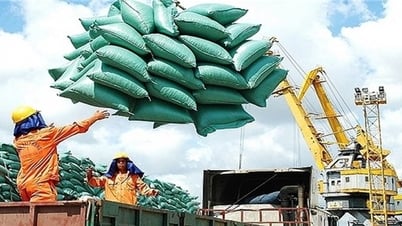


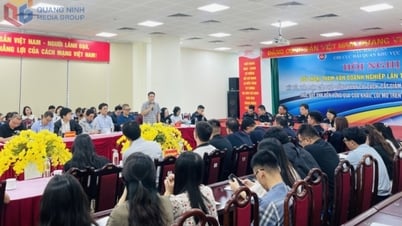

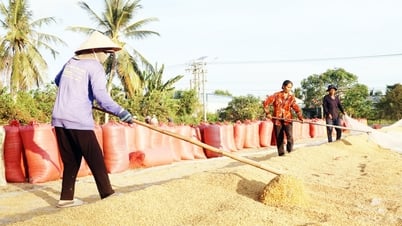











![[Photo] General Secretary To Lam meets and expresses gratitude to Vietnam's Belarusian friends](https://vphoto.vietnam.vn/thumb/1200x675/vietnam/resource/IMAGE/2025/5/11/c515ee2054c54a87aa8a7cb520f2fa6e)










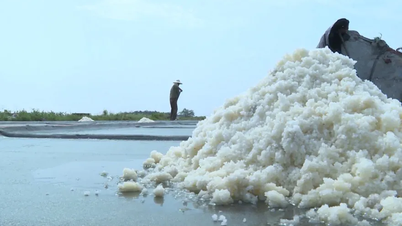





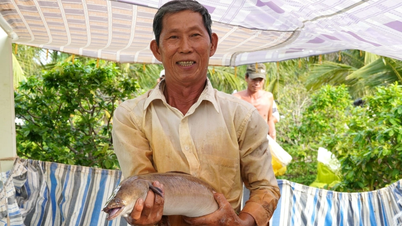








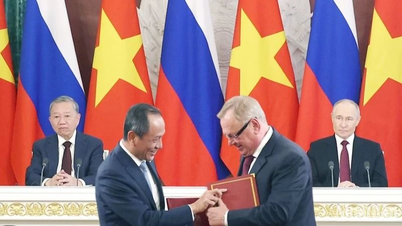
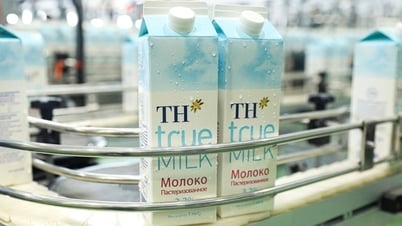

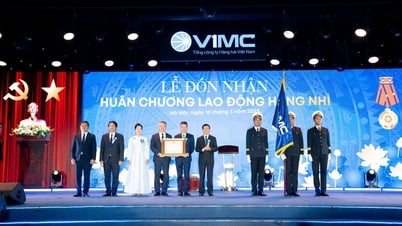









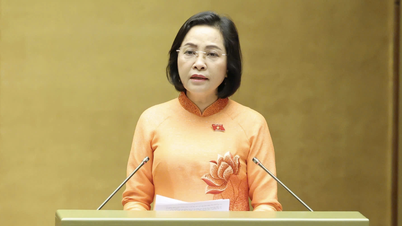







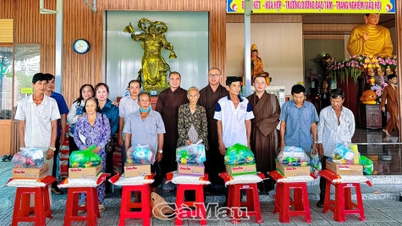





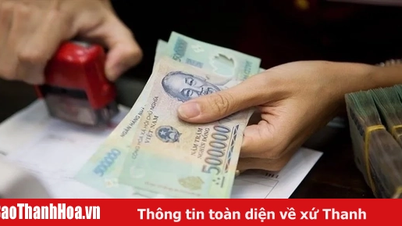













Comment (0)